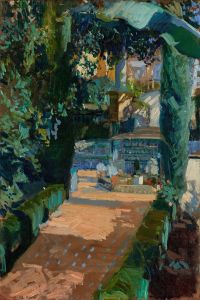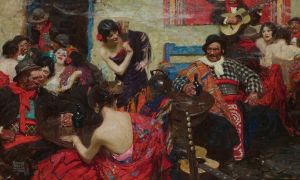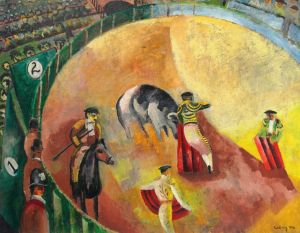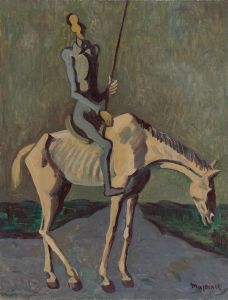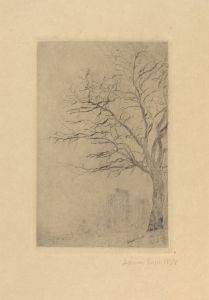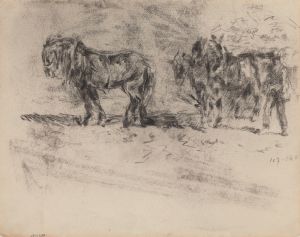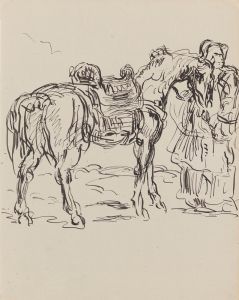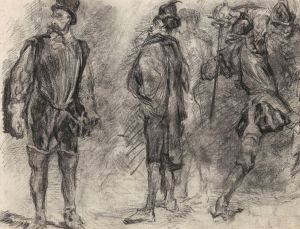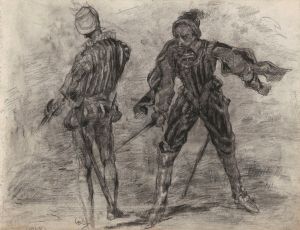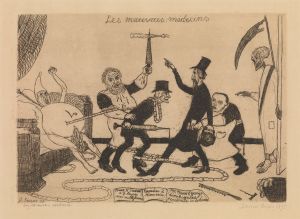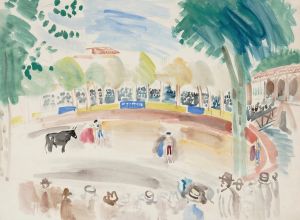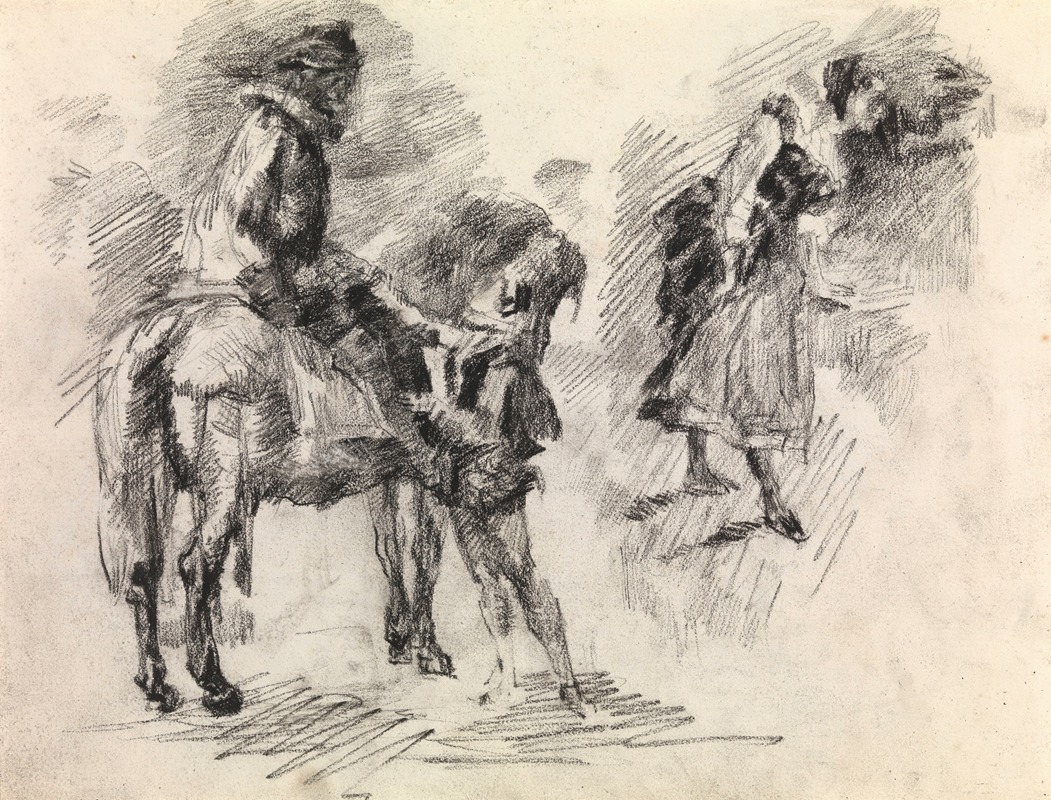
Don Quixote
A hand-painted replica of James Ensor’s masterpiece Don Quixote, meticulously crafted by professional artists to capture the true essence of the original. Each piece is created with museum-quality canvas and rare mineral pigments, carefully painted by experienced artists with delicate brushstrokes and rich, layered colors to perfectly recreate the texture of the original artwork. Unlike machine-printed reproductions, this hand-painted version brings the painting to life, infused with the artist’s emotions and skill in every stroke. Whether for personal collection or home decoration, it instantly elevates the artistic atmosphere of any space.
James Ensor, a Belgian painter known for his association with the Symbolist and Expressionist movements, created a work titled Don Quixote. Ensor, who lived from 1860 to 1949, was celebrated for his imaginative and often satirical approach to art, frequently incorporating fantastical and grotesque elements into his works. While Ensor is best known for paintings such as The Entry of Christ into Brussels in 1889 and his use of masks and skeletons as recurring motifs, his interpretation of literary and cultural figures also played a role in his oeuvre.
Don Quixote by Ensor reflects the artist's engagement with Miguel de Cervantes' iconic character from the 17th-century novel Don Quixote. Cervantes' work, widely regarded as one of the greatest achievements in world literature, tells the story of an idealistic and delusional knight-errant, Don Quixote, and his loyal squire, Sancho Panza. Ensor's depiction of Don Quixote aligns with his broader artistic themes, which often explore the tension between reality and illusion, as well as the absurdities of human existence.
The painting captures Don Quixote in a manner consistent with Ensor's distinctive style, which often blends vibrant colors, expressive brushwork, and a sense of theatricality. Ensor's interpretation of the character may emphasize the quixotic nature of the knight, portraying him as a figure caught between heroism and folly. However, specific details about the composition, medium, and exact date of creation of this particular work are not widely documented in existing art historical records.
Ensor's interest in Don Quixote can be understood within the broader context of his fascination with themes of individuality, eccentricity, and the human condition. Like many artists of his time, Ensor may have been drawn to the universal appeal of Cervantes' protagonist, a character who embodies both the nobility and the futility of pursuing one's ideals in a flawed world.
Due to limited information about this specific painting, further details regarding its provenance, current location, or reception remain unclear. However, Ensor's body of work continues to be celebrated for its originality and its ability to challenge conventional artistic norms, making his interpretation of Don Quixote a noteworthy example of his engagement with literary and cultural themes.





